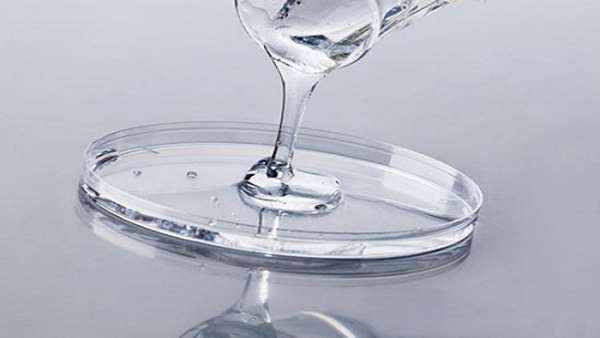Donor variation and optimization of human mesenchymal stem cells chondrogenesis in hyaluronic acid
Mesenchymal stem cells (MSCs) are an attractive cell type for cartilage repair that can undergo chondrogenesis in a variety of three dimensional (3D) scaffolds. Hyaluronic acid (HA) hydrogels provide a biologically relevant interface for cell encapsulation.
Mesenchymal stem cells (MSCs) are an attractive cell type for cartilage repair that can undergo chondrogenesis in a variety of three dimensional (3D) scaffolds. Hyaluronic acid (HA) hydrogels provide a biologically relevant interface for cell encapsulation. While our previous studies have shown that MSC-laden HA constructs can mature in vitro to match native mechanical properties using cells from animal sources, clinical application will depend on the successful translation of these findings to human cells.
Though numerous studies have investigated chondrogenesis of human MSC-laden (hMSC) constructs, their functional outcomes were quite inferior to those using animal sources, and donor-specific response to 3D HA hydrogels have not been fully investigated. To that end, we derived human MSCs (hMSCs) from seven donors and evaluated their ability to undergo chondrogenesis in pellet culture and HA hydrogels. Given our initial observation of overt cell aggregation and/or gel contraction for some donors, we evaluated the impact of variation in cell and HA macromer concentration on functional outcomes during chondrogenesis using one young/healthy donor.
Our findings show marked differences in functional chondrogenesis of hMSCs in 3D HA hydrogels, based on donor. Increasing cell density resulted in increased mechanical properties, but also promoted construct contraction. Increasing the macromer density generally stabilized construct dimensions and increased extracellular matrix production, but limited the distribution of formed matrix at the center of the construct and reduced mechanical properties. Collectively, these findings suggest that the use of human MSCs may require tuning of cell density and gel mechanics on a donor-by-donor basis in order to provide for the most robust tissue formation for clinical application.





ارسال به دوستان